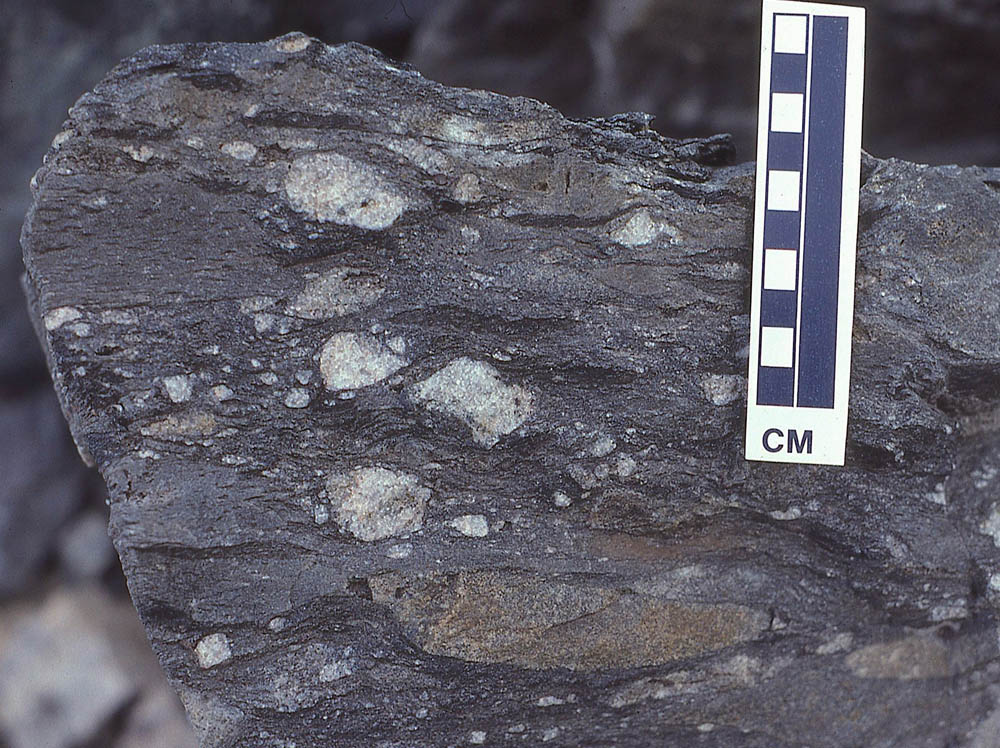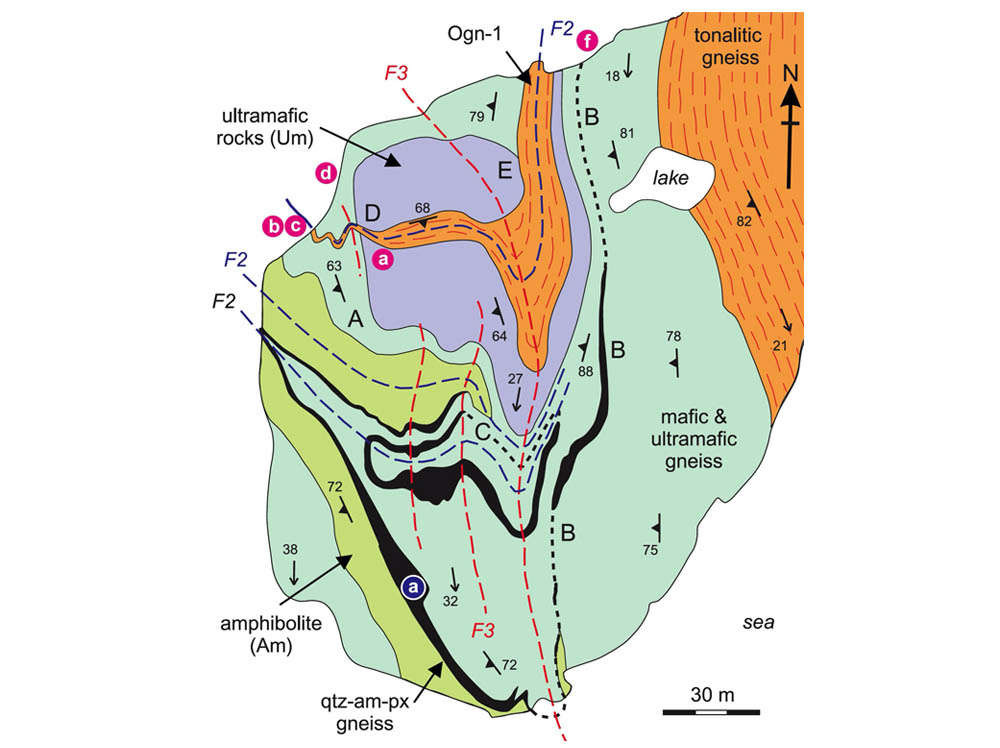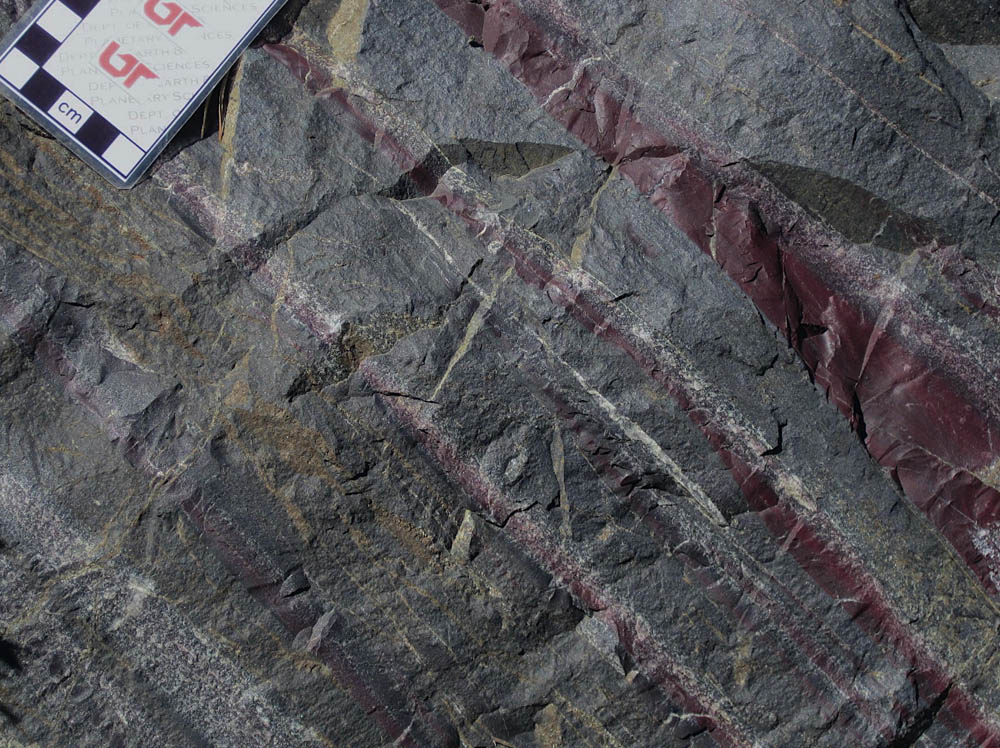
Archean Geology
I have a long-standing interest in examining early Earth history utilizing sedimentary rocks. Fundamental events in the history of the planet, including the emergence of life, oxidation of the oceans and atmosphere, and formation of the continents occurred in this time window. As my research on the geochemistry of both clastic and chemical sediments has evolved, several angles have captured my attention. In collaboration with Martin Whitehouse at the Swedish Museum of Natural History, one avenue of research we have been taking is determining the silicon isotope of banded iron formation (BIF) and silicified non-sedimentary rocks to help understand Archean ocean chemistry and continental evolution. The direct identification of marine geochemical and isotopic signals makes for challenging work because they have the capacity to be modified by hydrothermal waters at the time of formation and even mobilized into other rocks during much younger geologic events. We have been focusing substantial attention on understanding this problem because marine “fingerprints” have been used to identify sedimentary protoliths and possible relicts of biological activity in highly metamorphosed rocks. The heart of these geochemical and isotopic studies remains solid field work and interpretations. Most projects use geologic mapping and structural analysis, measuring sections of rock, and thin-section analysis to provide critical data and context for the analytical work.
Five representative publications
Brengman, L.A., Fedo, C.M., Whitehouse, M.J., Jabeen, I., and Banerjee, N.R., 2021, Evaluating the geochemistry and paired silicon and oxygen isotope record of quartz in siliceous rocks from the ~3 Ga Buhwa Greenstone Belt, Zimbabwe, a critical link to deciphering the Archean silica cycle: Chemical Geology.
https://doi.org/10.1016/j.chemgeo.2021.120300
Brengman, L.A., and Fedo, C.M., 2018, Development of a seawater-like geochemical signature by progressive alteration of volcanic rocks in the Archean (~2.7 Ga) Abitibi Greenstone Belt, Canada: Geochimica et Cosmochimica Acta, v. 227, p. 227-245.
https://doi.org/10.1016/j.gca.2018.02.019
Whitehouse, M.J., Schoenberg, R., Fedo, C.M., and Kamber, B.S., 2015, Does a heavy Fe-isotope composition of Akilia quartz-amphibole-pyroxene rocks necessitate a BIF origin?: Astrobiology, v. 15, n. 10.
http://doi.org/10.1089/ast.2015.1362
Whitehouse, M.J., Myers, J.S., and Fedo, C.M., 2009, Structural and geochronological evidence questions interpretations of > 3.8 Ga life on Akilia, south-west Greenland: Journal of the Geological Society of London, v. 166; p. 335-348.
https://doi.org/10.1144/0016-76492008-070
Fedo, C.M., and Whitehouse, M.J., 2002, Metasomatic origin of quartz-pyroxene rock, Akilia, Greenland, and implications for Earth’s earliest life: Science, v. 296, p. 1448-1452.
https://doi.org/10.1126/science.1070336




